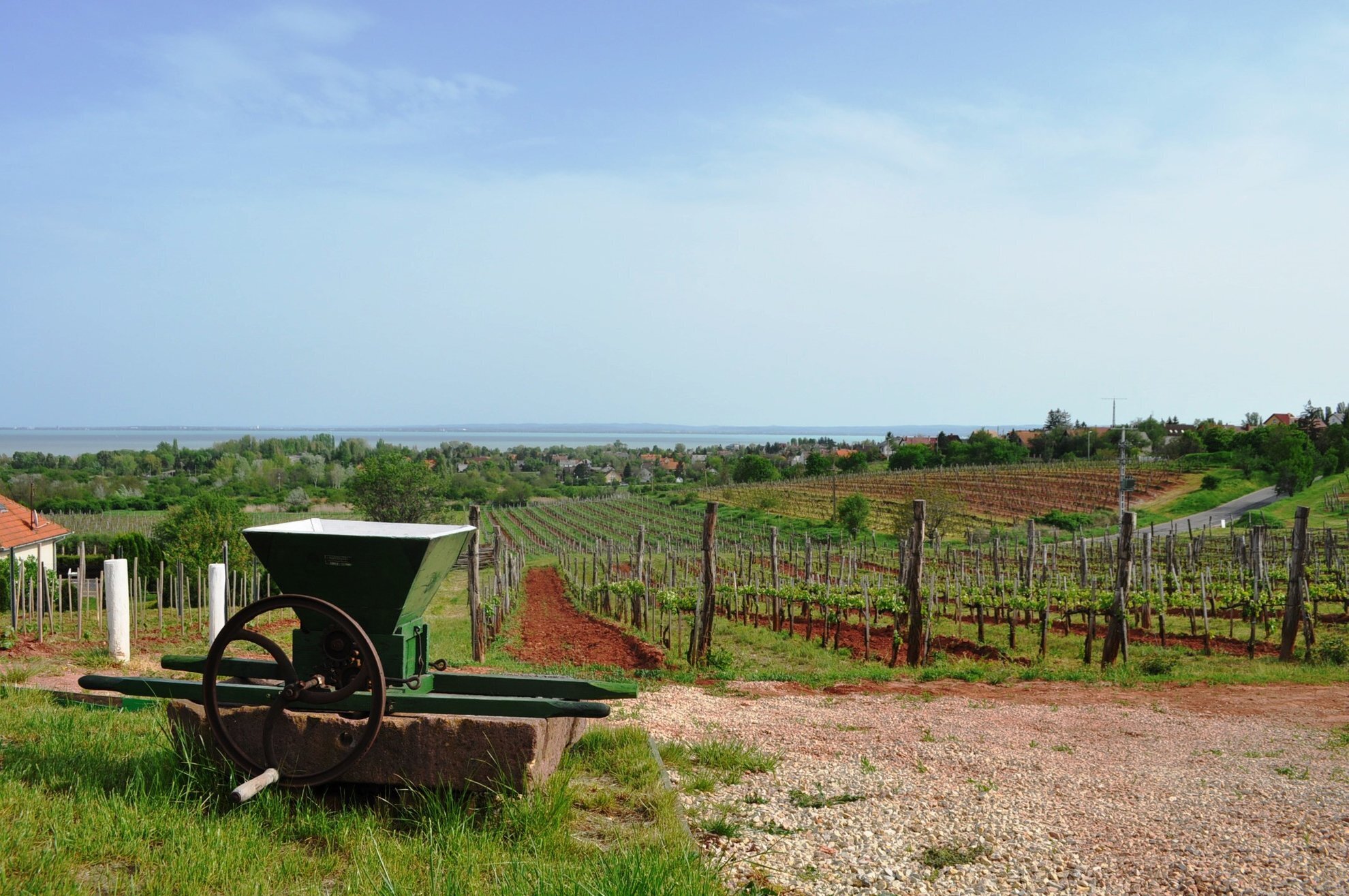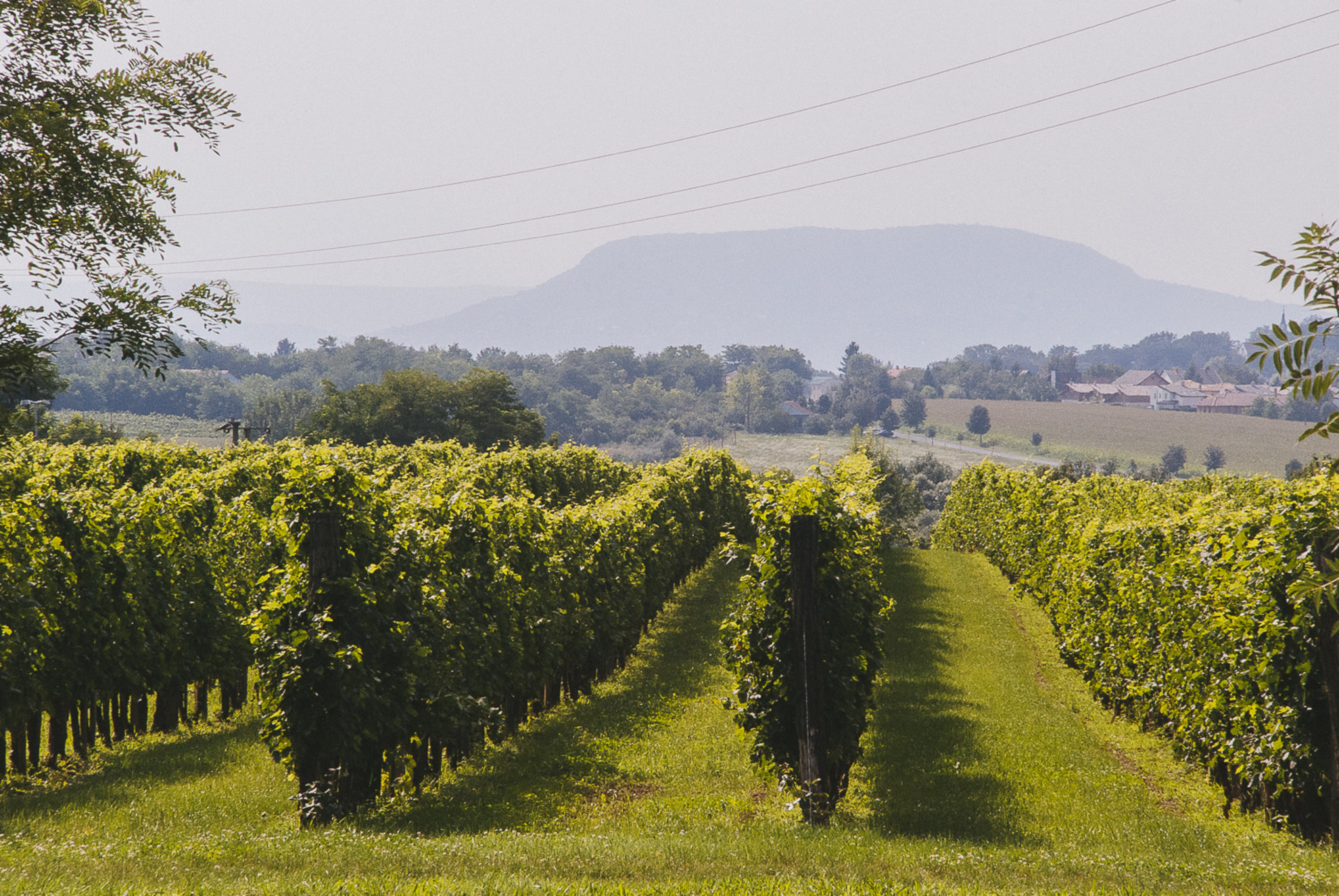A star is born
The Cserszegi fűszeres variety was created in 1960 by Károly Bakonyi, son of a winemaker. He had started experimenting as far back as 1949. His aim was to make the kind of grape that is fragrant, ripens early and has a high resistance to disease. He duly paired Irsai Olivér with the spicy red Tramini. Probably thanks to the latter, Cserszegi fűszeres does well even in frost, which is one of its main advantages. Another great quality is that it keeps its acids even in the heat, so with the threatening presence of global warming, this makes it a great contender in the long term.
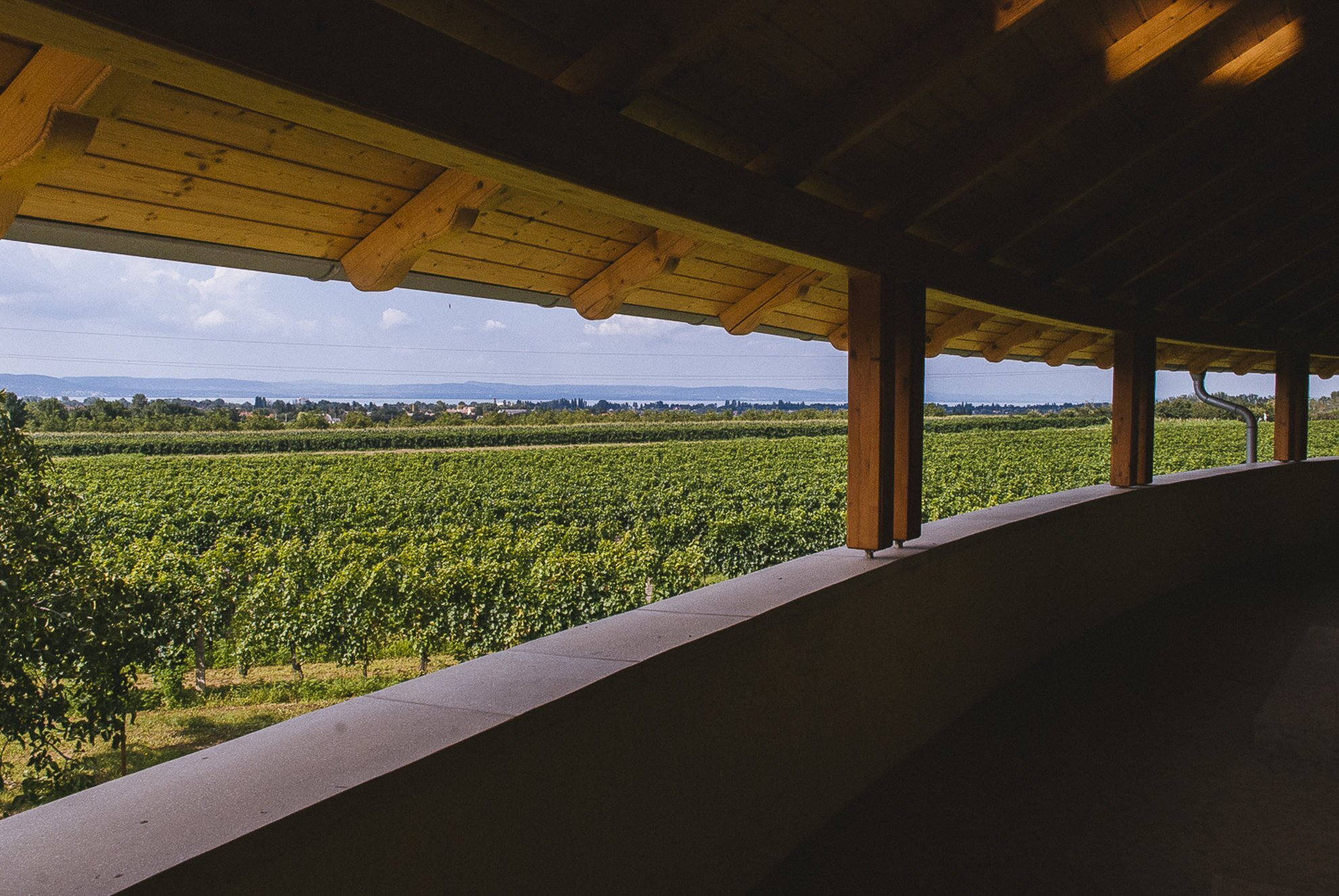
Meet the variety
Compared to other varieties, Cserszegi fűszeres starts to grow and blossom earlier in the year, but it does cause a lot of work for winemakers. One of its biggest snags is that it doesn’t do well during drought. It has a high yield, a bunch of grapes is medium-sized with a characteristic red hue early in the ripening process, one that slowly fades later.
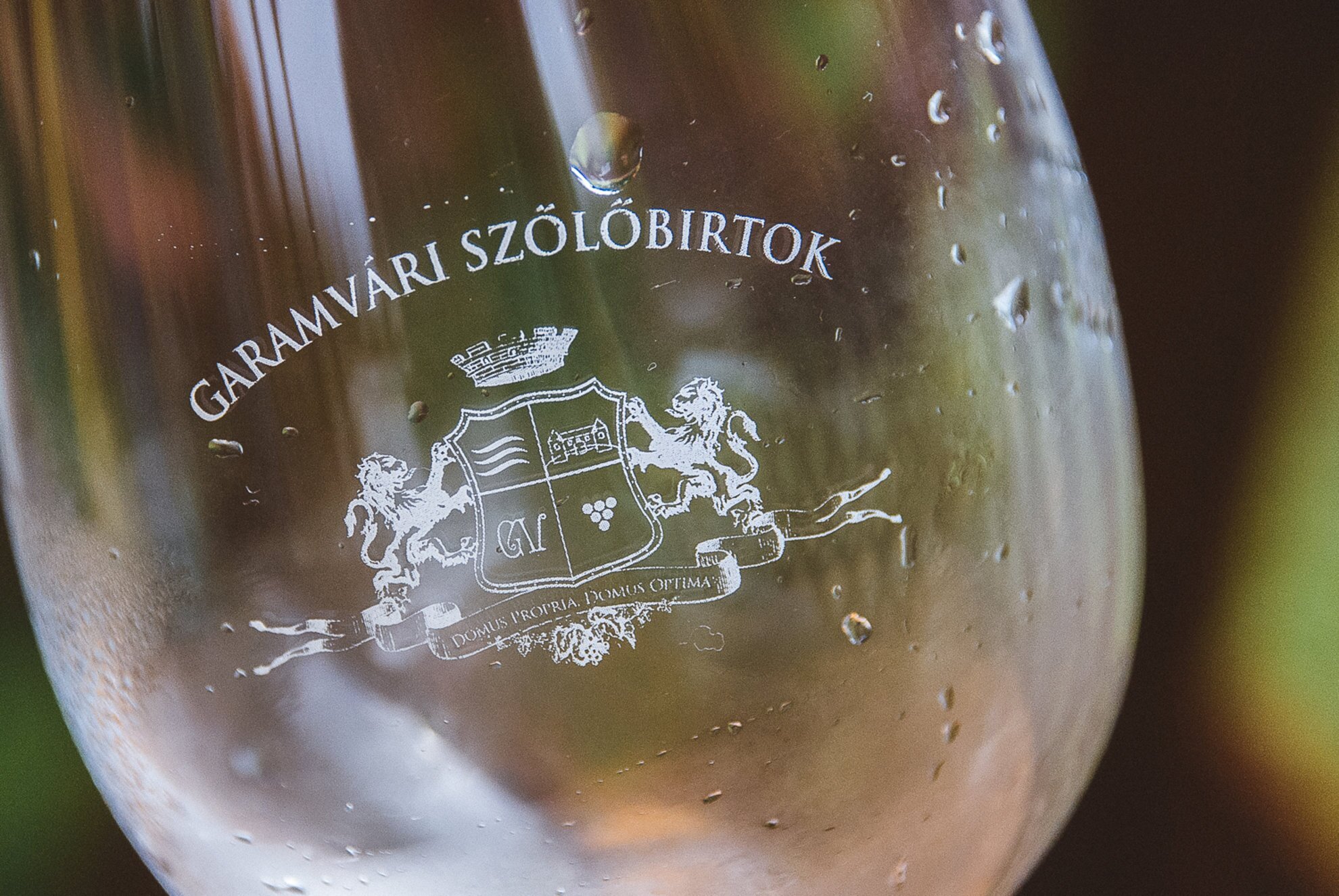
Cserszegi fűszeres has a spicy, fruity, floral scent. It has nice acids, making it fresh, and good quality in summer. Its wine is most often recommended for quick consumption as its crispiness disappears in time. It can easily develop a soapy character as it ages, which is one of its less attractive features, so it’s best to buy a bottle of the most recent vintage.
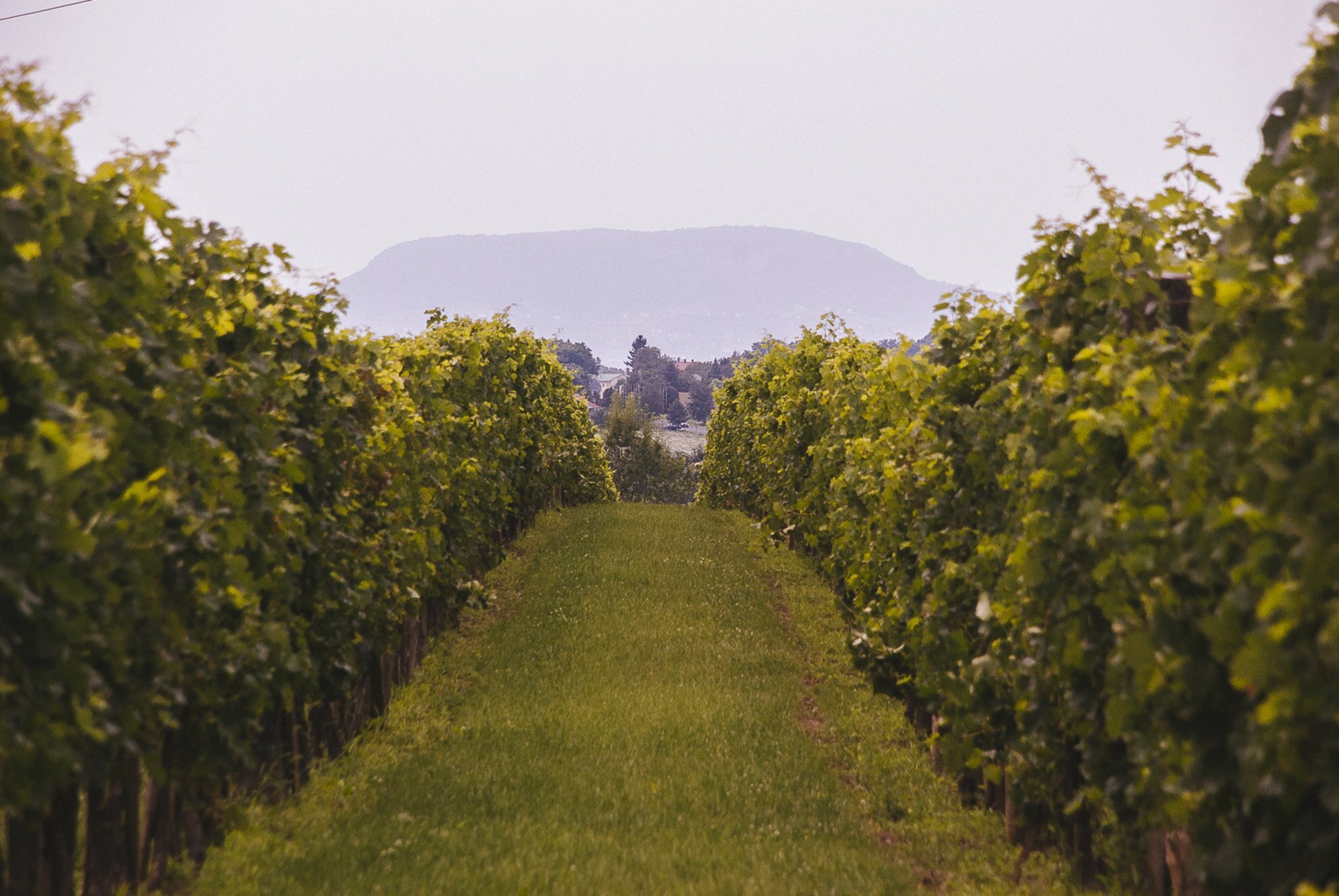
An ideal marriage
Cserszegi fűszeres is becoming a popular choice in various combinations of grape, due to its rich flavour and nice acids. That then leaves space for other varieties, making it an ideal partner. Garamvári Szőlőbirtok, on the south shore of Lake Balaton, planted two hectares of Cserszegi fűszeres vineyards for this purpose in 2015.
